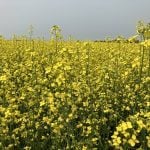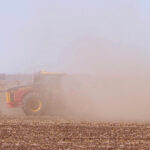A precision ag expert says a massive solar flare that occurred late last week may not end up causing too many problems after all. Matt Yanick, owner of My Precision Ag Ltd., says the flare that various space weather monitoring stations detected Oct. 3 doesn't seem to have too caused many issues at all.












